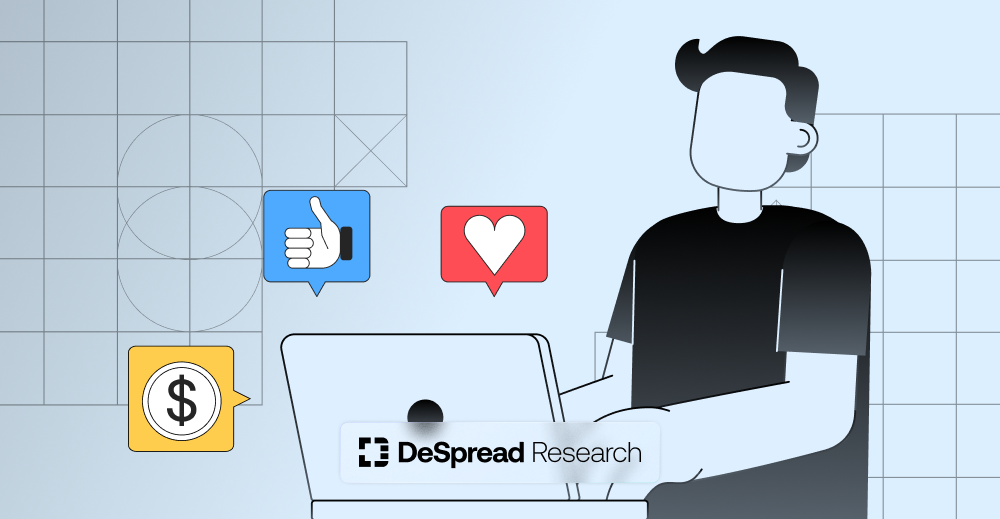
Social Media is Changing; What Can Web3 Do?
A New Frontier for Composability and Independence in the Creator Economy

1. Introduction
A significant concern in the creator economy today, especially on platforms like YouTube, is the issue of platform dependency. Creators are bound by the platform's algorithms and policies to reach their audience and earn revenue. Changes in these algorithms can drastically affect a channel's visibility and consequently, its revenue, leading to income instability. The issue of platform dependency in the creator economy is a hot topic, particularly when it comes to censorship and the potential for creators to be deplatformed for arbitrary reasons. This can occur due to political or economic reasons, and has been a problem on major platforms.
2. Platform Dependency in the Creator Economy
A prominent example of platform dependency and censorship is YouTube's demonetization policies. In a bid to create a more advertiser-friendly environment, YouTube has been criticized for demonetizing creators' content. This often occurs due to controversial, politically sensitive, or adult content. Policies, often based on arbitrary reasons, can have a chilling effect on creators, leading them to self-censor or alter their content to avoid demonetization.
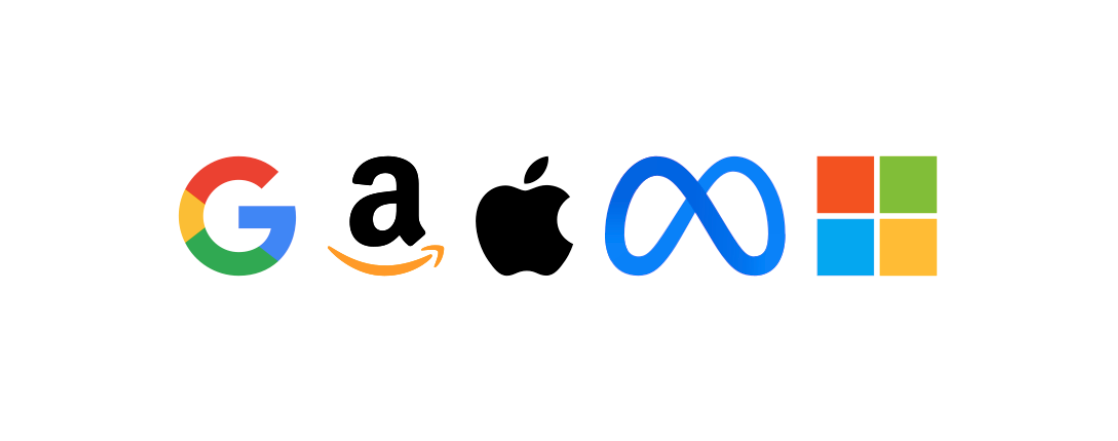
Yes, politics matter. However, should politics dictate the livelihood of creators on the platform? Many big corporations like Google, Apple, and Microsoft have been accused for their political bias, and that they are conforming to radical ideas that may have been amplified due to their own recommendation algorithms. Since creators depend on the network effects that these platforms can provide, it is almost impossible to create an audience outside of this ecosystem, what we all know as Big Tech. The notion that users must comply to platform rules, just because they do not have a choice may be a violation of freedom of speech, some argue.
This can be damaging not only to the individual, but to the society. Because it could mean that the ones who dictate the rules of the web will be the ones who dictate the rules of our society. But we live in a democracy, not an plutocracy, or worse, an autocracy.
Mostly driven by political reasons, we are seeing the emergence of alternative social media platforms like Minds, Mastodon, Gab, and Rumble. But the reach of these platforms are limited to the number of their users. For a creator to maintain its audience, it is essential to stay on mainstream social media platforms like YouTube and Instagram. Not only because their followers are there, but also because they can lose all their followers once they migrate to other platforms.
3. Data is Power
A social graph is ”a representation of the interconnection of relationships in an online social network.” Higher engagement or virality, can be achieved when a creator’s content travels through their social graph, ideally reaching outside their own social graph, gaining exposure to a larger audience. The problem with most platforms is that the social graph sits inside their data servers. A creator will not be able to take that data when they move to other platforms. That would be problematic for platforms as these social connections can provide data insights, but most importantly, they create lock-in effects.
For platforms to create network effects, it is important for the users to keep coming back. And because users are keep coming back, platforms can charge other people to post advertisements. To maintain this business model, platforms need to lock-in the user base so users only use their platform. And they do it by keeping the data what makes a user account valuable: their followers and social connections. Therefore, we have dozens of social media platforms all with different social graphs.
Power laws also comes in play when assessing the influence of social media platforms. Nobody talks about what happened on Gab nor Rumble. All the internet drama and news comes from, and is posted on YouTube and Twitter. Losing access to these mainstream platforms would be a huge loss for creators, so social graphs created on these platforms become disproportionally important compared to alternative social media platforms.
4. Gaming is Also Social
Among these platforms, there are also gaming platforms like Steam and Epic Games. Most players purchase and create connections on these platforms. You often see videos of “gaming friends meet each other for the first time” on Reddit. This signifies how strong connections made through gaming can be. It’s all because gaming is inherently a social activity. The most popular games are the ones where users compete with each other, often in teams. The social aspect even goes further, creating communities surrounding personalities, and eSports leagues where hundreds of thousands of fans gather to watch their favorite players. And people create drama.
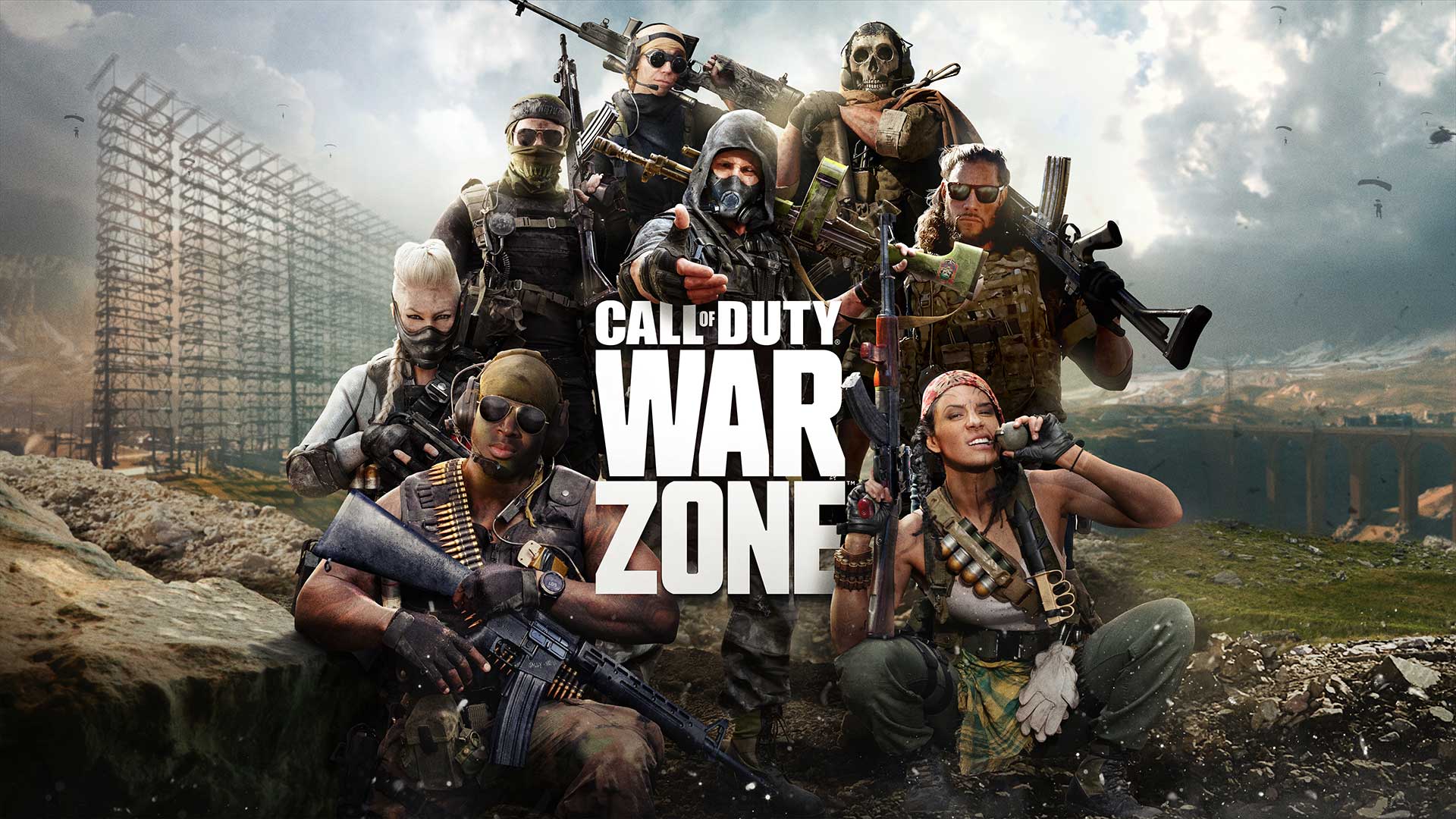
A good example is the controversy surrounding Call of Duty and NICKMERCS. YouTube and Twitch personality NICKMERCS, also known as FaZe NICKMERCS, had his Operator skin removed from Call of Duty: Warzone and Call of Duty: Modern Warfare 2 after leaving a comment on Twitter saying, “They should leave little children alone. That's the real issue.” The comment was made towards a video of pro-LGBT and anti-LGBT demonstrators fighting outside a school board meeting.
Maybe NICKMERCS could risk of being deplatformed because he was already well-established. But what about smaller streamers? What if Activision, the developer of Call of Duty, banned a smaller creator because they said something controversial on Twitter? Their whole livelihood; their social graph would be in risk. Nobody wants that. But again, nobody wants to live under the boot either.
5. Why Decentralization Matters
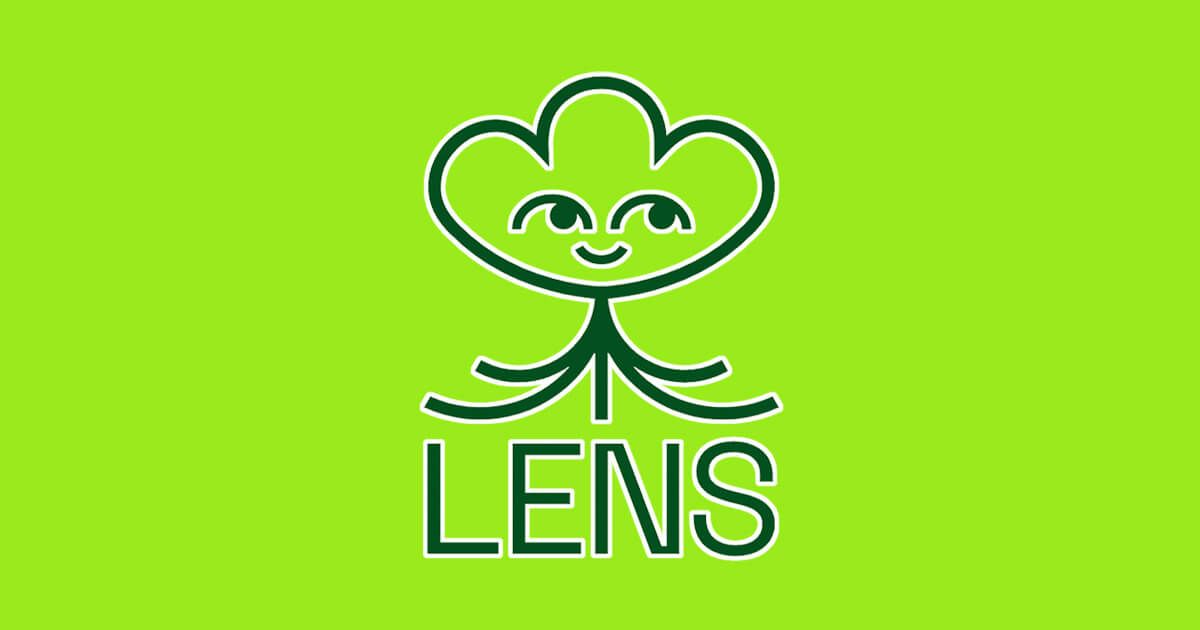
What if we can create a social media ecosystem where everyone’s social graph can be shared? Enter the Lens Protocol. The Lens Protocol is a decentralized social media protocol that enables users to own their social graph and content through the use of Non-Fungible Tokens (NFTs). With Lens Protocol, the social graph is decentralized, allowing users to have ownership and control over their own data and relationships.
The main component of the Lens Protocol is the Profile NFT. This NFT is owned by individual addresses, and an address can contain multiple Profile NFTs. It is the ownership of this NFT that gives users control of their content. The Profile NFT is unique in that it has the ability to post Publications to it. The Profile NFT contains the history of all of the posts, mirrors, comments, and other content generated by the user. Thus, it acts as a ledger for all social interactions of a user on the platform.
Furthermore, Profile NFTs contain a FollowModule. This module contains the logic that allows different accounts to be issued Follow NFTs to record their relationship to the main profile on-chain. This is a key part of the decentralized social graph, as it records the relationships between users in a decentralized manner.
This design is a major departure from traditional social platforms. As a result, users can own their data and bring it to any application built on top of the Lens Protocol. Creators don't have to worry about losing their content, audience, and livelihood based on the whims of an individual platform's algorithms and policies. Each application using Lens Protocol benefits the whole ecosystem, turning the zero-sum game into a collaborative one.
6. We Call it Composability
What we discussed in the above section can be abstracted to one word: composability. It refers to the seamless interaction and interoperability of various blockchain applications. It's akin to joining physical Lego blocks together in a multitude of ways; applications can "stack" upon one another to create new, complex structures.
This new paradigm of data ownership and control presents a challenge to traditional tech platforms. These platforms, which have built their business models around the control and monetization of user data, now face a potential disruption. Users, now in possession of their NFTs, have the power to control and monetize their content, potentially undermining these platforms' control over user data and content monetization.
If data composability led by blockchain technology ever reaches mass adoption, big tech platforms may need to adapt to this new reality by offering more user-friendly policies and better revenue-sharing models. They might even consider integrating with blockchain technology to provide users with the benefits of composability and data ownership, as exemplified by NFTs.
Ultimately, the advent of NFTs and the concept of composability could lead to a more equitable digital ecosystem, where power is decentralized, and creators have greater control and flexibility over their work. This new era is characterized by decentralized, user-centric platforms and applications, and NFTs are at the heart of this revolution.
7. But Where Are the Incentives?
Currently many businesses, regardless of size, are faced with the question in why they should embrace blockchain technology. A platform with many users especially have absolutely no incentive to share its social graph. Not to mention the implementation of blockchain technology to a platform can bring significant challenges in terms of user experience and scalability.
However, criticism against these large corporations, including legacy media groups are gaining much traction everyday. As mentioned above, alternative social media platforms are nothing compared against mainstream platforms now. But the mere fact that these alternatives emerged mostly due to political reasons is a signal that there are clear incentives for people to exit. These incentives are mostly driven by non-monetary values, like freedom of speech.
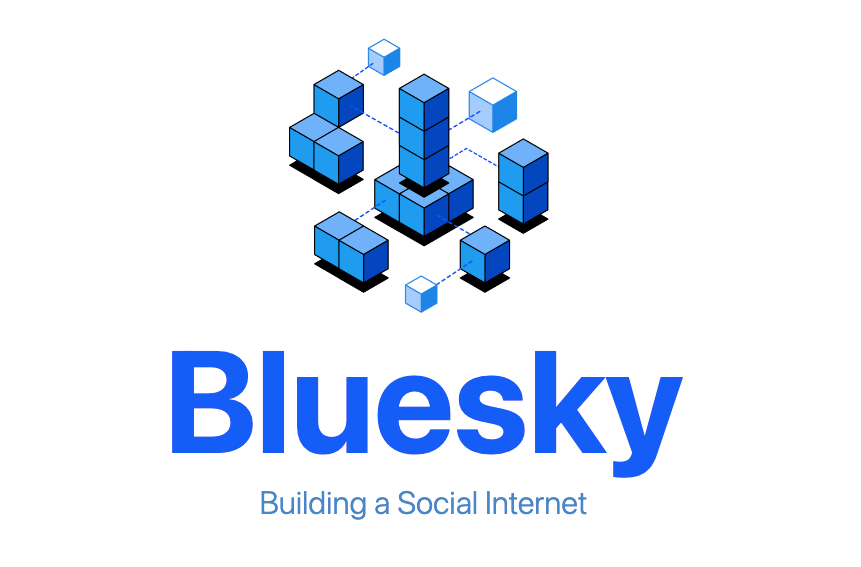
Bluesky, Mastodon, and more recently, Threads by Instagram have been building their platforms on decentralized social media protocols. These platforms are not built on the Web3 stack, but still share the same ethos; decentralization and data ownership. This phenomenon has been exacerbated due to the advent of Large Language Models.
Platforms like Reddit and Twitter have been facing backlash due to their new policies on APIs, essentially limiting 3rd party access to APIs. Excessive data scraping is now creating huge operational costs, but the remedy has been not favorable. Users are looking for alternatives, yet to know where to go. We are still deciding where to go, as AI and policies on social platforms may evolve, but we are already seeing change.
Among these social apps, gaming may also be facing a new era. As game developers are showing more interest in blockchain technology, creators may also benefit by leveraging data ownership and unique monetization strategies that the technology can provide.
*DeSpread is participating as a KBW2023 content partner and this article was simultaneously published on the Korea Blockchain Week blog in July 2023.